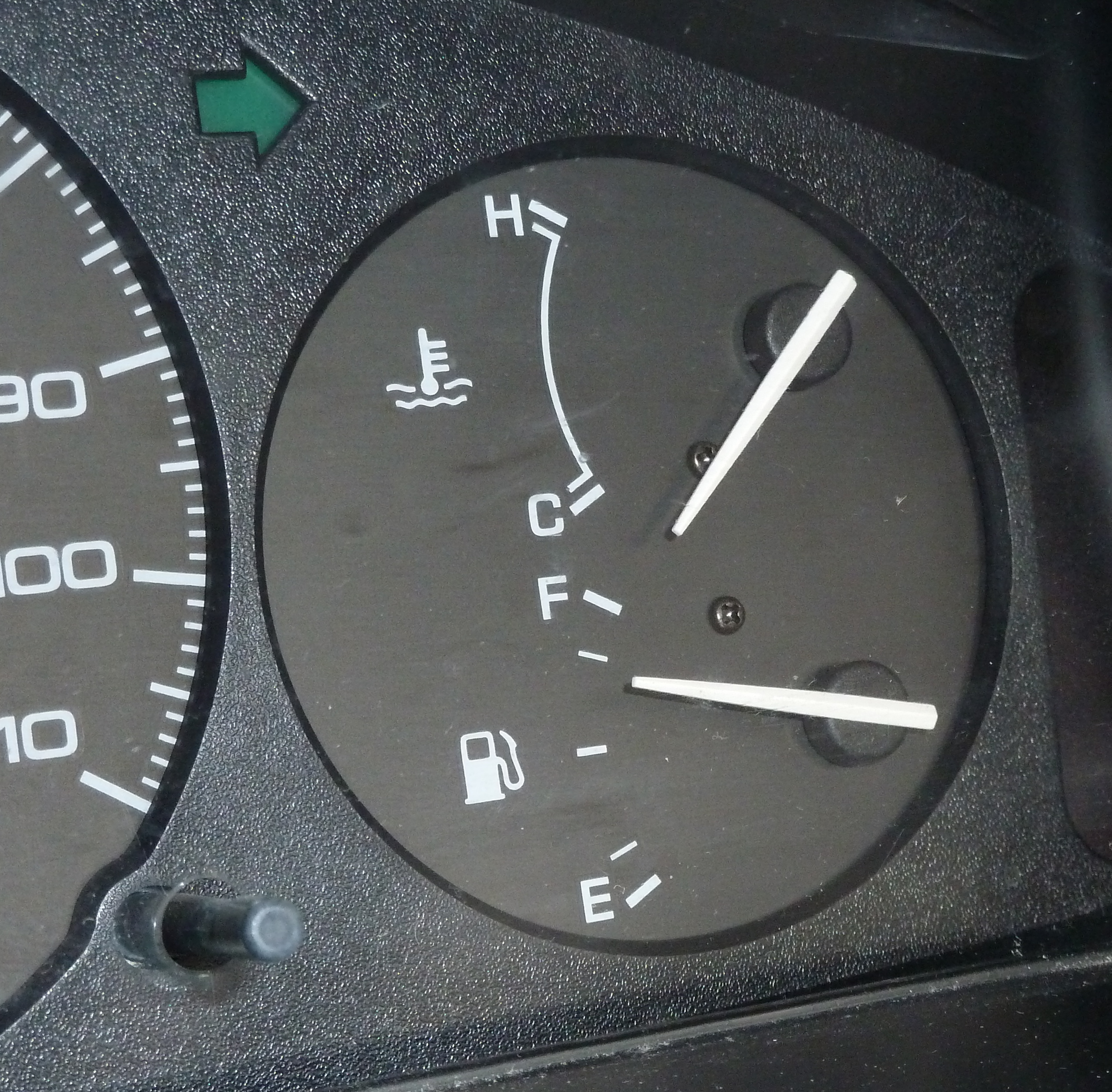
Kim Henson offers some tips to help you travel further on less fuel…
Whether you drive a new vehicle or old, whether it is petrol or diesel powered, and whether it is large or small, if you are unable to refuel it as often as you are usually able to do, it is useful to be able to stretch the fuel that you do have in the tank to cover more miles. Of course this is a good idea anyway, in terms of saving fuel – and therefore your cash too – as well as emissions.
If you already apply the tips below, some of which may seem obvious, then I’m preaching to the converted, but if not, I hope that the information may help you keep motoring at a time when it is difficult to find fuel.
EVERY LITTLE HELPS
- Check for leaks:
Make quite sure that your vehicle has no fuel leaks; even a small amount weeping from a pipe or connection is potentially dangerous and wastes fuel of course.
- Service the vehicle:
A car or commercial that is running with worn-out or defective ignition/fuel supply components will drink fuel compared with one that is properly and frequently serviced. You could be wasting 10 per cent of your fuel if the car is running inefficiently. In addition, in a petrol-powered engine worn spark plugs (for example) can put extra strain on ignition coil packs, resulting in poor running and eventual early failure. All filters need to be clean too, and the engine oil and filter should be renewed at least as often as recommended by the vehicle manufacturer (and preferably every 6,000 miles or annually, whichever comes first).
- Consider using higher grade fuels:
When supplies are difficult to come by, you may find that it is easier to obtain the higher grade fuels (as the pumps supplying the cheaper grades usually sell out first). Admittedly these cost more than the standard stuff, but by design may offer cleaner-burning and lower rates of consumption, by several per cent. In diesel engines they may be even more advantageous, as the higher grade diesel fuel may provide greater lubricity to fuel system components, including pumps and injectors, thereby helping them to work more efficiently and last longer. You may also feel a small increase in power output.
- Ease off the ‘loud pedal’:
To make the best use of your fuel, avoid racing the engine, don’t accelerate harshly, and make the most of gravity on downhill sections of road, rather than using the accelerator to gain speed.
- Cruise at slower speeds:
Figures vary between vehicles and engines, but typically you may gain about 10 per cent in terms of miles per gallon, by reducing your cruising speed from 70 mph to 60 mph, and another 10 per cent (say) by dropping your rate of progress from 60 mph to 50 mph. For sure it will take a little longer for your journey, but you will have more fuel left at the end of it!
- Use ‘overdrive’ gears (typically 5th and 6th in a manual gearbox) with care:
It is often said that you should engage top gear (usually fifth or sixth in a manual transmission car) at as low a speed as possible. In fact, usually this is not a wise move, because… Trying to run a car in a very high gear (and usually fifth/sixth gears in modern vehicles are ‘overdrive’ ratios designed for efficient high speed cruising) at very low speeds will result in the engine struggling and using more fuel. In addition it can put extra strain on both the engine and the transmission. As a rule of thumb, it is best to have the engine spinning at about 2,000 rpm or higher before engaging such overdrive ratios. However, if your vehicle is equipped with a ‘gearchange indicator advice’ system, these are usually set by the vehicle manufacturer to provide optimum suggested gearchange points.
If you drive an automatic, avoid using the ‘kickdown’ facility, which drops the engine to a lower gear when rapidly accelerating – you will go faster more quickly, but your car will also drink fuel more rapidly.
- ‘Read’ the road ahead, and drive smoothly:
Plan ahead during your drive; don’t leave it until the last minute to brake before reaching traffic lights, roundabouts or traffic queues; by easing off speed well in advance and proceeding as gently and smoothly as possible, you can still maintain overall progress while saving fuel – often quite a lot of it – in the process. In any case it pays to drive smoothly at all times.
- Switch off the engine when the vehicle is at a halt:
If your vehicle is equipped with a ‘stop/start’ system, it will automatically cut the engine when the software feels that you can save fuel. If you have a vehicle not so fitted, you can still switch off the engine if it seems that you will be stopped in the same place for a while.
- Check your tyre pressures:
Running with tyres at below the recommended pressures is energy-sapping and therefore wastes fuel. Check the figures given in your vehicle’s handbook and adjust/pump up as required.
- Remove excess weight from the vehicle:
Driving around with excess weight on board will have a small but significant detrimental effect on fuel consumption. Remove heavy items that really don’t need to be in the vehicle, and thereby gain another few per cent in terms of miles per gallon. (Our reader Dave Herns also advises removing roof bars and roof boxes, when not in use… Thanks Dave for this tip).
We wish you happy fuel-efficient motoring, as you make the most of the fuel you have!